
TARGET 160302
MILK AND MOLD
YUMMMM!!!!THE OBJECT
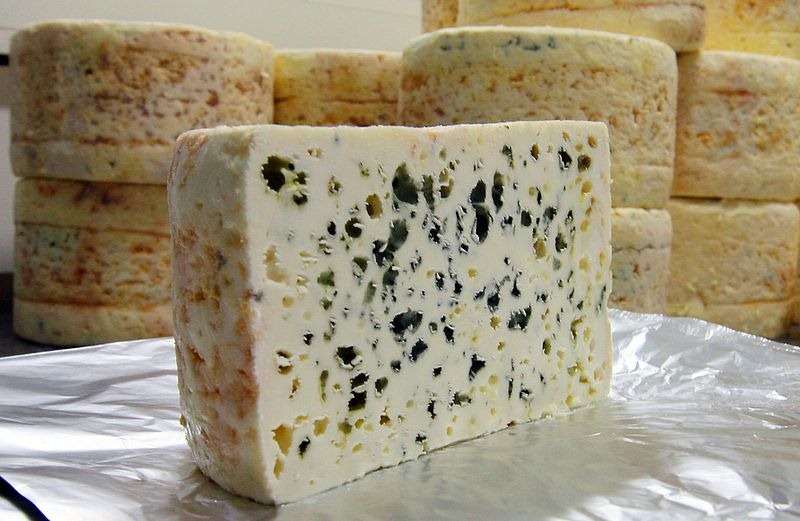
Roquefort cheese is considered to be one of the finest cheeses. In fact, it is officially known as "The King of Cheeses". However, few people know where it comes from and how it is made.
THE LOCATION
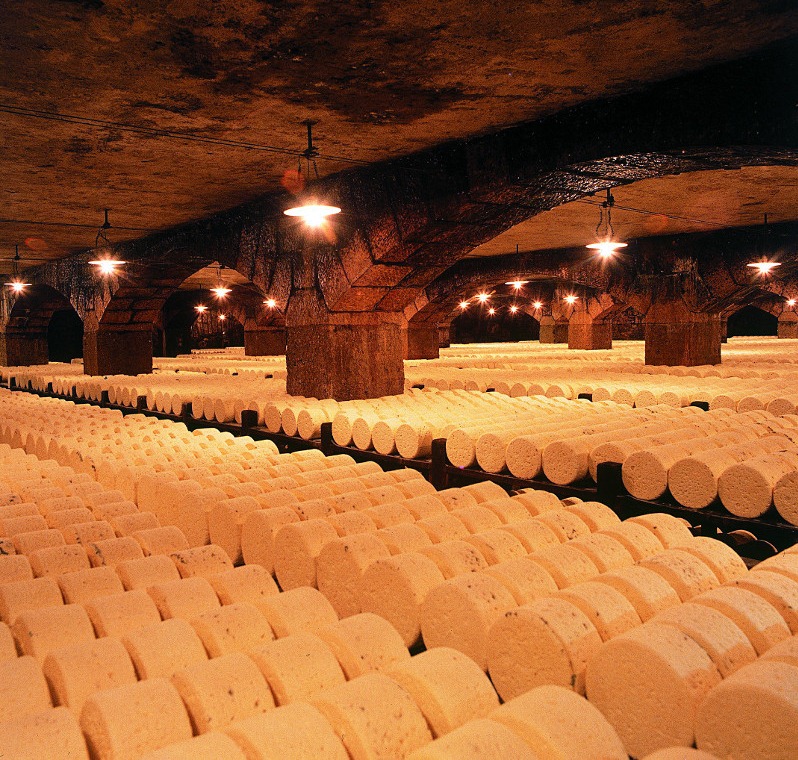
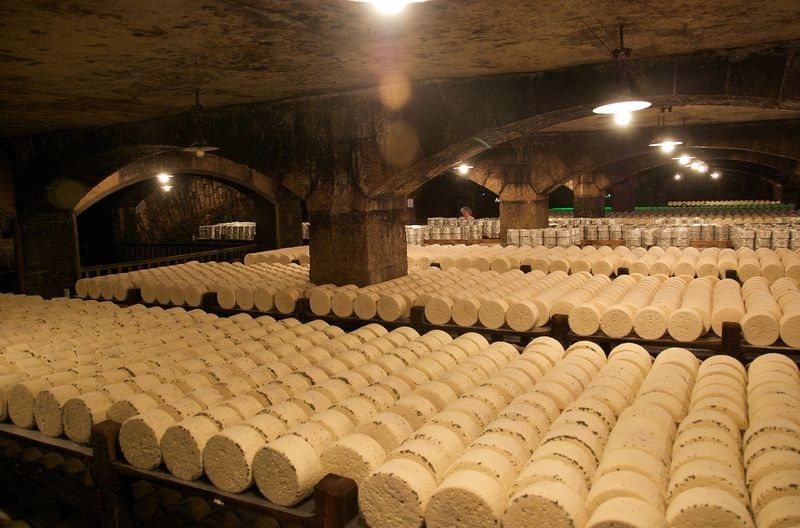
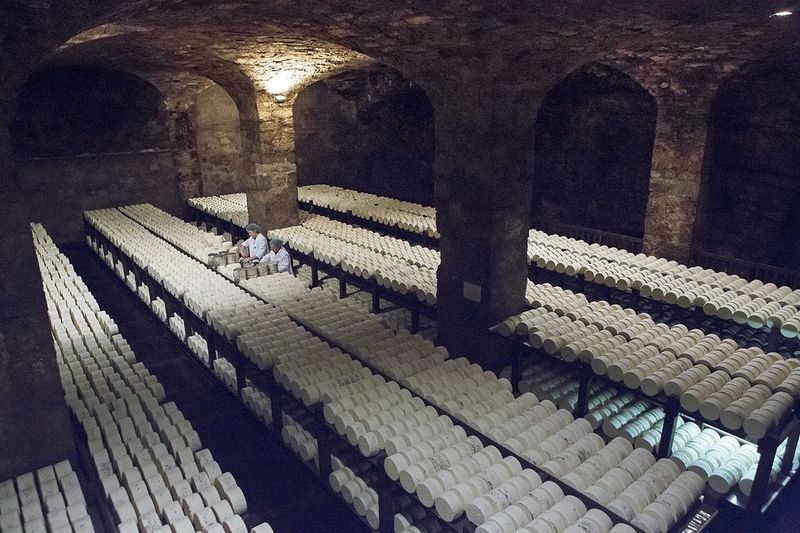
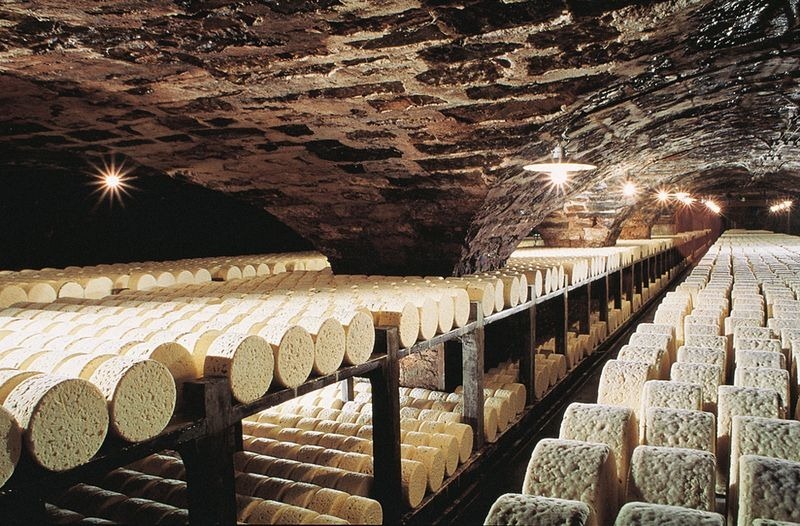
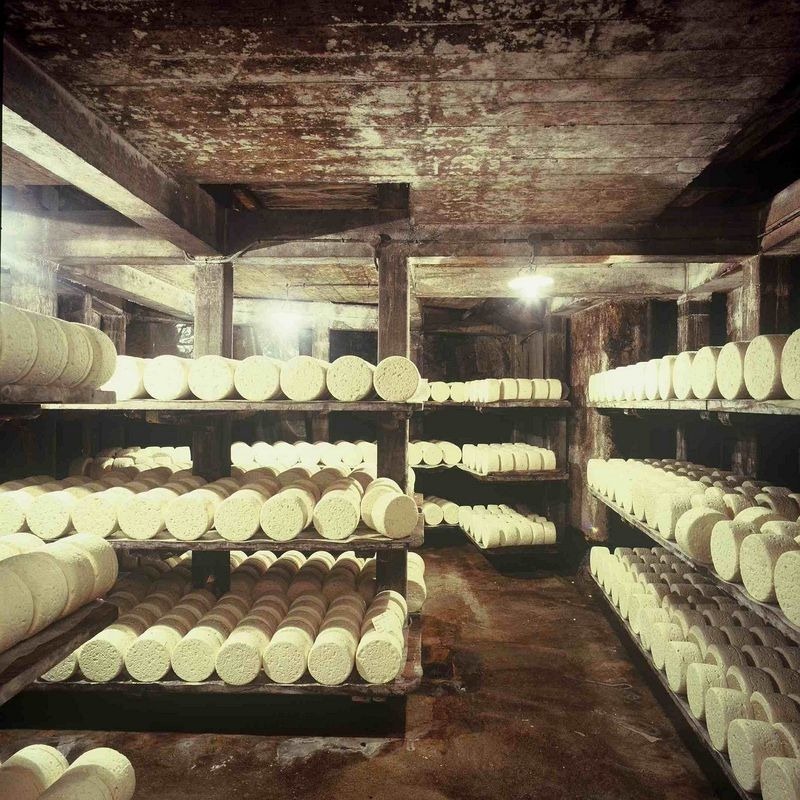
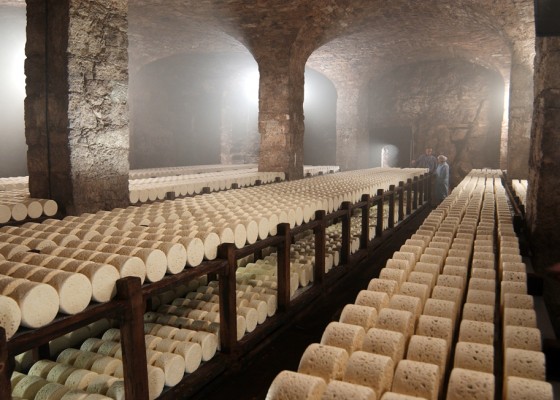
The Cheese Caves of Roquefort
NOTE: The specific tasking for this Target of the Week is simply to describe only the cheese and the --location-- where it is stored for aging and ripening in order to achieve its royal reputation. But some viewers may have ventured into describing the process of making the cheese, caused by their curiosity about the strong perceptions of the shapes, smells, and tastes that this target provides. That is normal for this kind of target. it is also a very good thing. If you did that, give yourself extra credit, both for the information and for allowing yourself to get curious about the target. Training and practice are what make you a good remote viewer. But curiosity is what will make you a superior remote viewer. The following feedback is for those viewers who ventured beyond the tasking.

The tiny village of Roquefort-sur-Soulzon
Roquefort-sur-Soulzon is a tiny village of around 600 people (yes, the entire town is shown in that photograph). It is situated amid the high limestone plateaus of Causse du Larzac in southern France, where erosion has made the mountain as hollow as cheese itself. Over centuries, the limestone has been leached away by ground water, leaving large caves. Inside these dank and dark natural caves, humidity is always above 90% and the temperture is a constant cold, cold, cold. Under those conditions, unpasteurized, whole sheep's milk can age and ripen very slowly into cheese. The slow process also allows mold to grow within the aging milk and make it into Roquefort cheese.
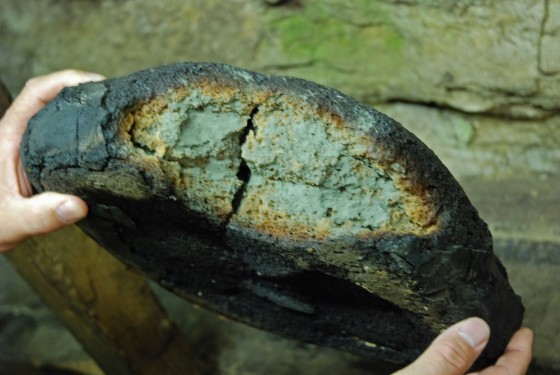
Where the mold comes from
The mold that gives Roquefort its distinctive character is a fungus called Penicillium roqueforti, that is found in the soil of the caves. Traditionally, the cheesemakers harvested it by leaving bread in the caves for six to eight weeks until it was consumed by the mold. The interior of the bread was then dried to produce a powder which was added to cheese curd. Nowadays, the spores are grown in laboratory, which allows for greater consistency ensuring that the three million wheels of cheese made each year are uniformly veined.
Legend has it that the cheese was discovered when a young shepherd, eating his lunch of bread and ewes' milk cheese, saw a beautiful maiden in the distance. Abandoning his meal in a nearby cave, he ran to meet her. Months later he happened to find his old lunch grown moldy inside and out. But the shepherd tasted it anyway, and Roquefort cheese was born.
While the story of the shepherd is probably a fable, the cheese might actually have been discovered by accident, when cheeses stored in caves developed mold. It is claimed that blue cheese is mentioned in literature as far back as AD 79, when the Roman author and naturalist, Pliny the Elder remarked upon its rich flavor.
Roquefort cheese is still created in chilly, damp caves owned by only seven cheese-making companies, the largest of which is Société, which supplies an estimated 70 percent of the world’s Roquefort. Société holds several caves in the mountains and its facilities are open to tourists.FEEDBACK MAP
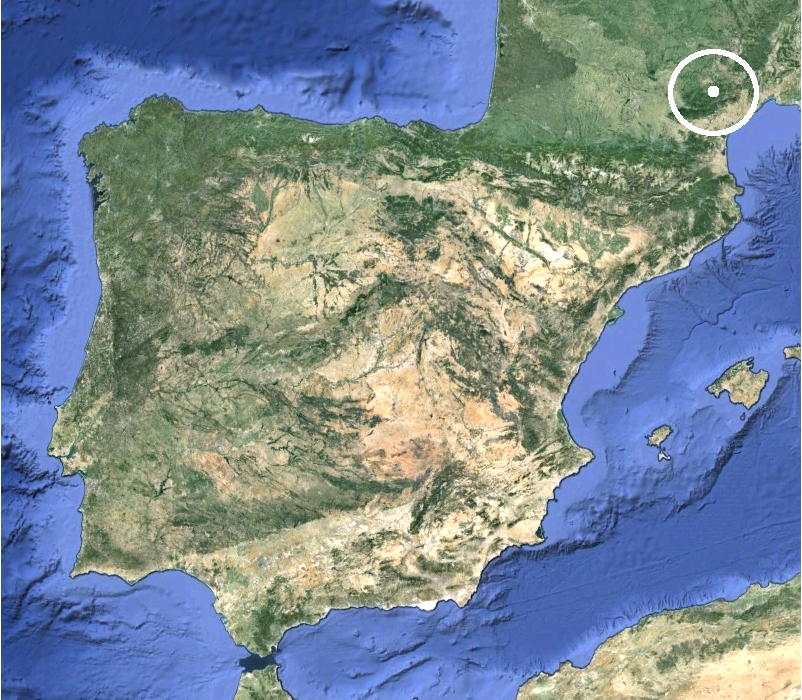
If you got impressions for which this feedback is insufficient, more information,
pictures and videos can be found at the following web sites:
Amusing Planet
Wikipedia
France Today